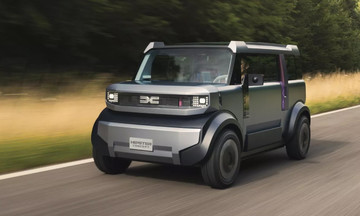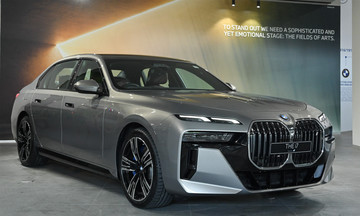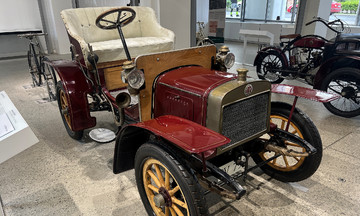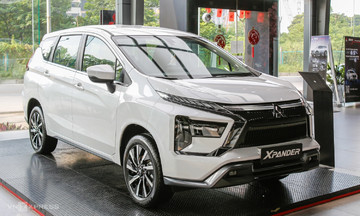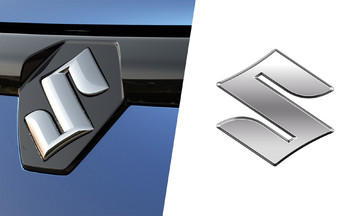At this year's Munich auto show, Audi, BMW, and Mercedes all showcased new design languages and cabin layouts, offering attendees a glimpse into how these industry leaders envision the future of car interiors.
While automotive executives typically avoid directly commenting on competitors, Mercedes' chief design officer broke with tradition, offering some pointed remarks about Audi and BMW’s latest work: the Concept C and the iX3 SUV.
Top Gear’s team caught up with Gorden Wagener on the sidelines of IAA Mobility in Munich and asked him what he thought of the two main rivals’ interiors. What followed was less diplomatic praise and more candid critique.
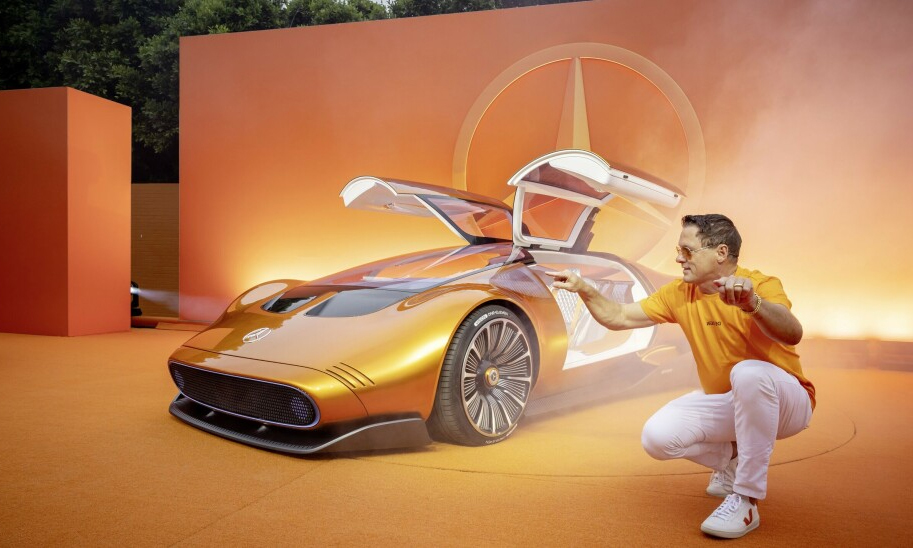 |
Gorden Wagener next to the Vision One-Eleven concept he designed. Photo: Mercedes |
Gorden Wagener next to the Vision One-Eleven concept he designed. Photo: Mercedes
Wagener, who worked at the Volkswagen Group before moving to Mercedes in 1997, was particularly harsh on his former colleagues. Regarding the Audi Concept C, he said the interior "looks like it was designed in 1995". The Mercedes design chief also felt the concept car's cabin was "a bit too familiar and lacking in technology".
Despite describing himself as a fan of "super analog things", Wagener drew a clear line on the importance of digital screens. "You can’t go without screens," he said. "When you have a small screen, you automatically send the message 'congratulations, you are sitting in a small car'". The design chief added that "going back to all the buttons just won’t work".
Wagener believes large language models will significantly aid voice control in the future. However, he still sees the need for large screens, as users may want "a visual reference on the screen" or to "watch movies and things like that".
The Audi Concept C features a minimalist interior with a 10.4-inch infotainment screen that can retract and disappear when not in use. The production version of this electric sports car is expected to debut in 2027, potentially retaining about 90% of the concept's design, while slotting into the product line between the TT and the discontinued R8.
In reality, screens on current Audi production models are a different story. For instance, the Audi Q5 boasts an 11.9-inch digital instrument cluster, a 14.5-inch infotainment screen, and an optional 10.9-inch auxiliary screen. However, this still doesn't compare to the new 39.1-inch MBUX Hyperscreen, which spans the entire dashboard of the new Mercedes GLC EV.
Wagener was equally unforgiving when asked about the new BMW iX3, the first model built on the brand's Neue Klasse design language.
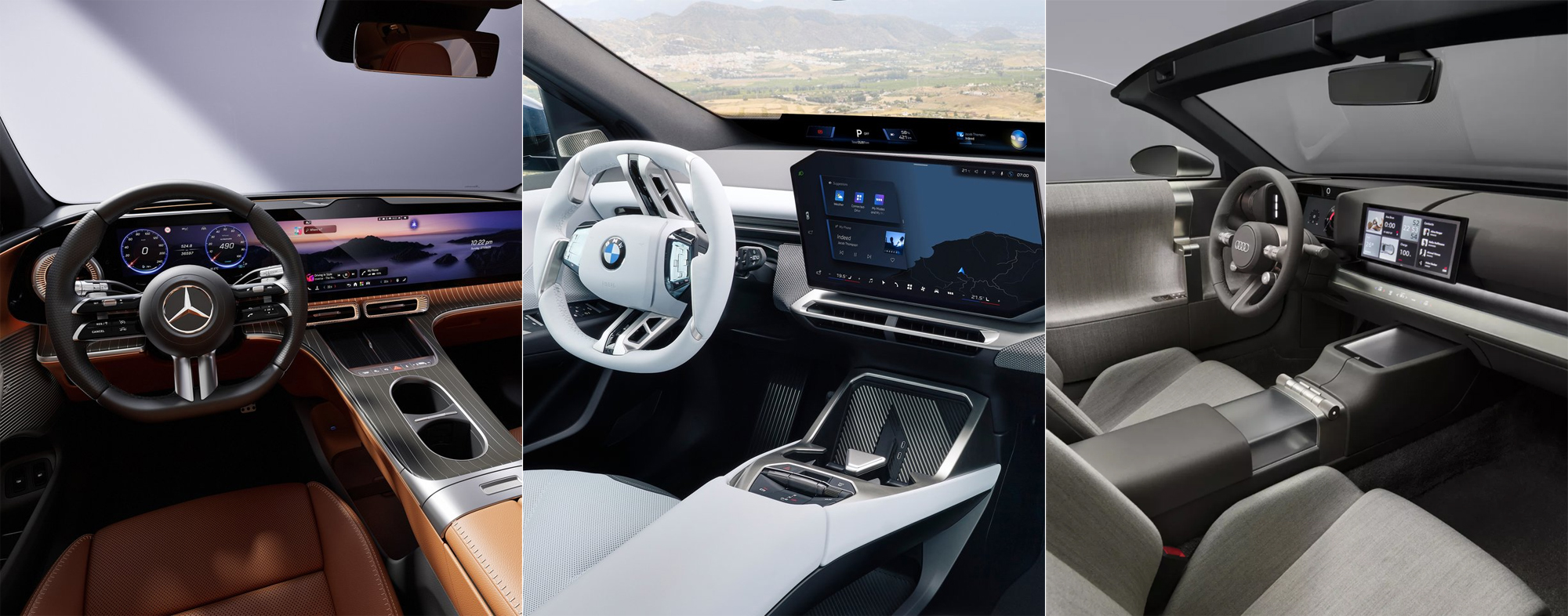 |
From left to right: the interiors of the Mercedes GLC EV, BMW iX3, and Audi Concept C. |
This Bavarian rival to the Mercedes GLC EV has a multi-dimensional head-up display at the base of the windshield, a 17.9-inch central touchscreen infotainment system, and an optional 3D head-up display. It seems Wagener isn't impressed with this design either.
"What have the other manufacturers done? I mean, they introduced this idea some years ago with the head-up display at the bottom of the windscreen," he said. "I have to say I don’t like that very much because it’s too far away so it's hard to read. Everything looks smaller so it’s distracting, and you need a device to operate it because it’s too far away to touch, so you have to put a touchscreen in there, and they did that".
While Wagener’s comments are blunt, they represent just one perspective in a field where design philosophies differ significantly.
Besides the production GLC EV, Mercedes' Munich stand also featured the Concept AMG GT XX. This car combines a 10.25-inch digital instrument cluster with a 14-inch infotainment screen, proving that even Mercedes can be a bit more restrained with screen sizes when it comes to performance-focused models.
My Anh




